A delicious breakfast sandwich starts with the perfect bread. The right choice enhances the flavor, texture, and structure, ensuring every bite is enjoyable. Some breads add crispiness, while others provide a soft, fluffy bite. However, not all breads work well for a sandwich.
In this guide, we’ll explore the best types of bread for breakfast sandwiches, including classic, healthy, and gourmet options. You’ll also learn how to pair different breads with fillings, tips for making sandwiches ahead of time, and which breads are best toasted or fresh.
Whether you’re looking for a quick on-the-go sandwich or a restaurant-style gourmet breakfast, this guide has everything you need.
Table of Contents
Discover more delicious recipes and ideas by visiting our homepage!
What Type Best for bread for breakfast sandwich?
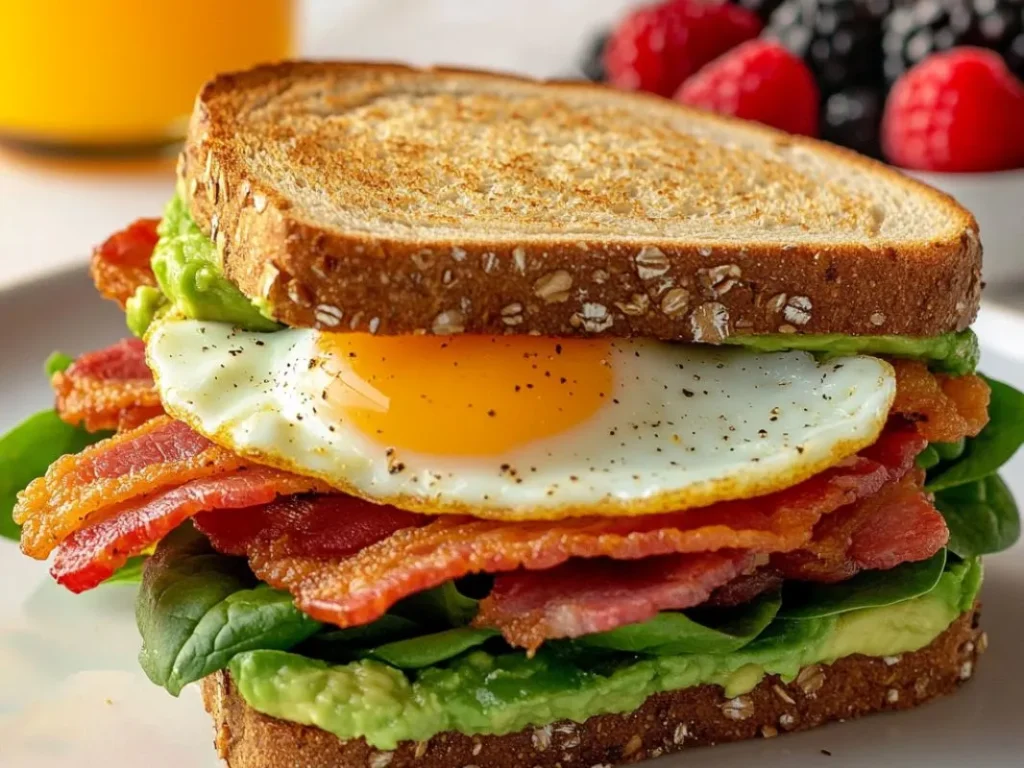
bread for breakfast sandwich plays a crucial role in the taste and texture of your breakfast sandwich. The wrong choice can lead to a sandwich that’s too soggy, too dry, or difficult to eat. To help you choose the best option, let’s explore the most popular types of bread and their best uses.
Classic Choices for bread for breakfast sandwich
The best breakfast sandwiches start with classic, time-tested breads. These options provide the perfect combination of softness, crispiness, and durability:
- White Bread: Soft and fluffy, making it ideal for simple breakfast sandwiches with eggs and cheese.
- Sourdough Bread: Slightly tangy with a crisp crust, sourdough enhances the flavors of creamy spreads and fresh toppings.
- English Muffins: Light and airy, perfect for holding rich ingredients without becoming soggy.
If you’re looking for an easy-to-make, foolproof breakfast sandwich, check out these Baked Breakfast Sandwiches. They hold together beautifully and offer a warm, toasted finish.
Healthier Alternatives for Breakfast Sandwiches
For those aiming to make healthier choices, these options provide nutritional benefits without sacrificing taste:
- Whole Wheat Bread: Higher in fiber and nutrients, whole wheat adds a nutty depth of flavor.
- Multigrain Bread: Packed with seeds and grains, multigrain bread delivers crunch and extra protein.
- Gluten-Free Bread: Essential for those with dietary restrictions, with many brands offering improved taste and texture.
Each of these breads provides a wholesome base for protein-rich fillings like eggs, avocado, and lean meats. They are also great choices if you want to maintain balanced energy levels throughout the morning.
Which Best for a bread for breakfast sandwich?
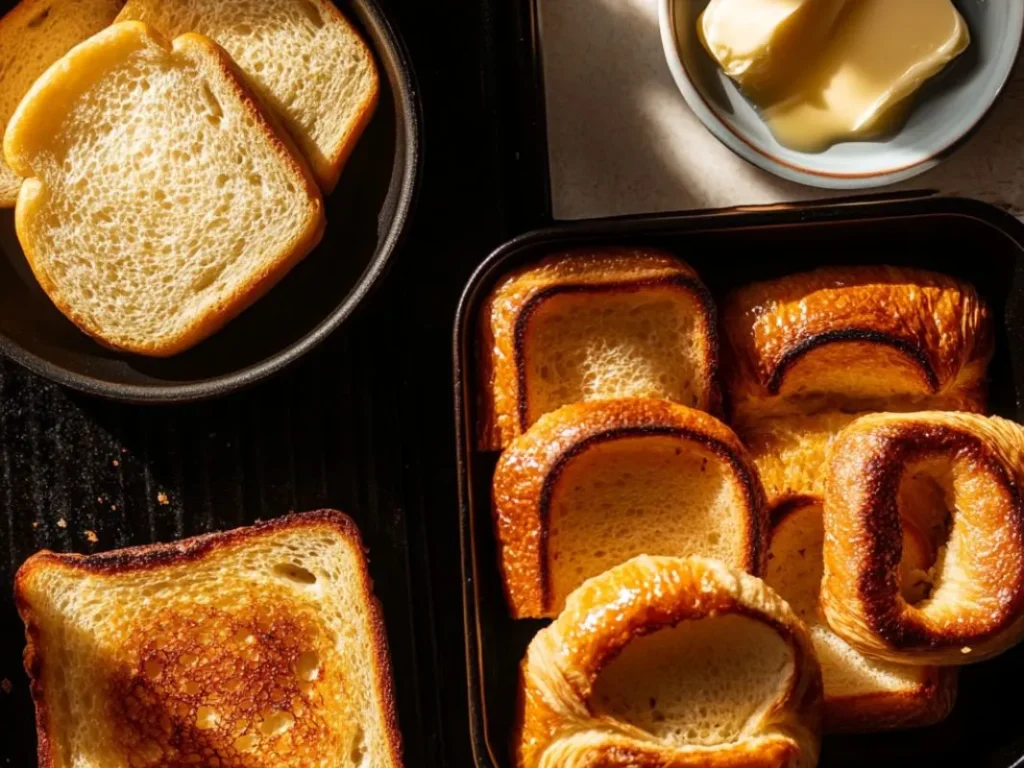
Matching Bread to Fillings for the Perfect Breakfast Sandwich
Pairing the right bread with specific ingredients ensures that your sandwich holds up well and delivers the best possible taste.
- Light Breads (Croissants, Brioche): Best for delicate ingredients like scrambled eggs and smoked salmon.
- Sturdy Breads (Ciabatta, Bagels): Ideal for hearty fillings like bacon, sausage, and cheese.
- Absorbent Breads (English Muffins, Sourdough): Great for holding sauces and spreads without getting soggy.
Want to experiment with the perfect sourdough breakfast sandwich? Try these Breakfast Recipes with Sourdough bread for breakfast sandwich creative ideas!
Toasted vs. Untoasted: Which is Better?
Toasting enhances texture and flavor, but it depends on the type of bread for breakfast sandwich:
✔ Toasted: Works well for breads that need structure, like ciabatta and English muffins.
✖ Untoasted: Softer breads like brioche and croissants are best fresh to maintain fluffiness.
For meal prep, lightly toasting the bread before assembling your sandwich helps prevent sogginess while locking in flavor.
What is the Best Roll for bread for breakfast sandwich Toast?
Toasted Perfection: What Makes a Bread Good for Toast?
Not all breads toast the same way. The ideal breakfast toast should have:
- A crisp outer crust while staying soft inside.
- A balanced level of moisture retention to prevent dryness.
- A rich, natural flavor that complements both sweet and savory toppings.
Best Roll for bread for breakfast sandwich Avocado Toast & Other Toppings
Avocado toast remains a breakfast staple, but some breads work better than others.
- Sourdough: Its tangy flavor and firm structure make it a top pick.
- Whole Wheat: Provides a nutty, hearty taste that complements creamy avocado.
- Rye Bread: Offers a dense, slightly earthy profile that pairs well with smoked salmon.
For sweet breakfast toasts, opt for:
- Brioche & Challah: Slightly sweet with a buttery richness, perfect for toppings like honey and fresh berries.
- Cinnamon Raisin Bread: A flavorful option that pairs well with peanut butter or yogurt.
What Kind of Bread is Used for a Bread for Breakfast Sandwich Sub?
Sub sandwiches require a sturdy, structured bread that can support heavier fillings without falling apart. The right bread should be soft enough to bite into easily but firm enough to hold layers of meat, eggs, and veggies.
Best Bread for Breakfast Sandwich: Top Choices for Subs
For a delicious and satisfying breakfast sub, consider using:
- French Baguette: Crisp on the outside, soft on the inside, and excellent for holding sauces.
- Hoagie Rolls: Soft and chewy, great for making large breakfast sandwiches.
- Ciabatta: Rustic, airy, and perfect for hearty sandwiches with eggs, bacon, and cheese.
One of the best ways to enhance a breakfast sub is by adding a flavorful sauce. For inspiration, check out these Egg Sandwich Sauce ideas that can elevate your sandwich.
What Bread Does McDonald’s Use for a Bread for Breakfast Sandwich?
McDonald’s has perfected the fast-food breakfast sandwich, using a variety of breads designed for quick preparation and consistent texture. If you want to recreate a McDonald’s-style breakfast at home, here’s a breakdown of their bread choices:
- English Muffins: Used for the classic Egg McMuffin, offering a crispy and chewy texture when toasted.
- Buttermilk Biscuits: Soft, buttery, and slightly crumbly—perfect for sausage and gravy.
- Bagels: A denser option used for heartier breakfast sandwiches.
If you’re looking for the ultimate homemade version of a fast-food-style breakfast sandwich, check out this Ultimate Breakfast Sandwich for a delicious, restaurant-quality meal.
Pro Tips & Variations for the Best Breakfast Sandwich
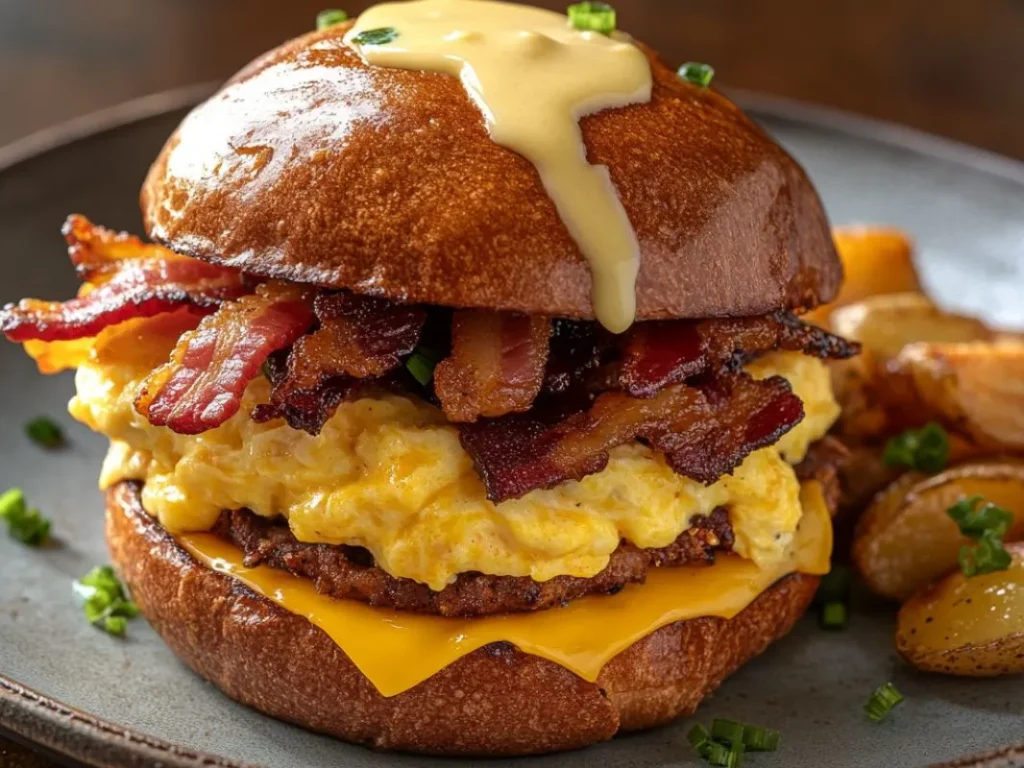
1. Choosing the Right Cheese for Your Breakfast Sandwich
Cheese adds creaminess and a rich flavor to any sandwich. The best cheeses for a melty, flavorful experience include:
- Cheddar: Sharp and bold, perfect for adding depth.
- Swiss: Mild with a slightly nutty taste.
- American Cheese: The classic choice for smooth melting.
2. Toasting Techniques for Maximum Crispiness
Toasting your bread the right way can elevate your sandwich’s texture:
- Butter the Bread First: This helps create a crisp, golden crust.
- Use a Panini Press: Even heat distribution ensures a crunchy bite.
- Toast Only One Side: Keep the inside soft while adding crispness to the outside.
FAQs: Everything You Need to Know About Bread for Breakfast Sandwiches

What Type of Bread is Best for Breakfast Sandwiches?
The best bread for breakfast sandwich depends on texture, durability, and how well it complements the fillings. English muffins, sourdough, and bagels are excellent choices for structured sandwiches, while brioche and croissants work well for soft, buttery sandwiches.
- English Muffins: A go-to option for structured sandwiches like the classic Egg McMuffin. They toast well, creating a crisp outer layer that holds fillings without getting soggy.
- Sourdough: Offers a chewy texture and tangy flavor, which pairs well with eggs, cheese, and bacon. It provides a sturdy base while maintaining a slightly crispy crust.
- Bagels: Their dense, chewy texture makes them ideal for hearty sandwiches with layers of ingredients. Perfect for smoked salmon, egg, and cream cheese combinations.
- Brioche: Light, fluffy, and slightly sweet, making it a perfect match for rich, buttery flavors. It pairs beautifully with soft scrambled eggs, ham, and melted cheese.
- Croissants: Buttery and flaky, ideal for gourmet-style breakfast sandwiches. Best when lightly toasted to maintain crispness while holding the fillings together.
Each of these bread options serves a different purpose, so choosing the right one depends on your desired taste, texture, and sandwich structure.
Which Bread is Best for a Bread for Breakfast Sandwich?
If you’re looking for a healthy breakfast, whole wheat or multigrain bread is the way to go. These options offer higher fiber content, essential nutrients, and a nuttier flavor that pairs well with healthy toppings.
- Whole Wheat Bread: A high-fiber option that adds a slight nuttiness to breakfast sandwiches. It holds up well with avocado, eggs, or peanut butter.
- Multigrain Bread: Packed with seeds and grains, providing extra texture and protein. Ideal for a balanced, nutritious start to the day.
- Gluten-Free Bread: A necessity for those with dietary restrictions. While some gluten-free options are dry, choosing high-quality brands ensures a better texture and taste.
- Oat Bread: Soft and slightly sweet, rich in fiber and minerals. It’s great for light breakfast sandwiches with fruit-based toppings.
For those who prefer a richer, more indulgent breakfast, brioche and buttermilk biscuits offer a soft, pillowy bite that enhances both sweet and savory flavors.
Which is the Best bread for breakfast sandwich?
The best bread for breakfast sandwich should hold fillings well without falling apart, provide a balanced texture, and complement the flavors of the ingredients. Here are some top choices:
- Sourdough: Known for its crusty exterior and chewy interior, sourdough pairs well with savory fillings like turkey, ham, and cheese. It also toasts beautifully.
- Ciabatta: Offers a light, airy texture with a crisp crust, making it perfect for paninis or pressed breakfast sandwiches.
- Whole Wheat Sandwich Bread: A nutritious option that’s sturdy enough for layered ingredients but still soft enough for an easy bite.
- Potato Bread: Soft, slightly sweet, and extra moist, making it a great option for sandwiches that need a tender yet durable bread.
For a sandwich that needs to retain structure while remaining flavorful, these bread options are the best picks.
What is the Best bread for breakfast sandwich Toast?
The best bread for breakfast sandwich toast depends on whether you prefer crispy, dense, or light and fluffy textures. Here are some excellent choices:
- Sourdough: Its natural tanginess is enhanced when toasted, creating a crispy yet chewy base for toppings like avocado, eggs, or smoked salmon.
- Whole Wheat: A heartier option with a slight chewiness, making it a great match for peanut butter, banana slices, or scrambled eggs.
- Rye Bread: Slightly earthy with a firm texture, rye toast is excellent with savory toppings like butter, jam, or cream cheese.
- Brioche: Soft and buttery, brioche toast is ideal for French toast or dessert-style breakfast dishes. It pairs well with maple syrup, berries, and whipped cream.
- Cinnamon Raisin Bread: If you prefer a sweeter toast, cinnamon raisin bread offers a natural warmth and sweetness, perfect with butter or honey.
For the best results, always toast bread on medium-high heat to get a golden-brown crisp without burning.
What Kind of Bread is Used for Sub Sandwiches?
Sub sandwiches require sturdy breads that can support heavier fillings like eggs, bacon, sausage, and vegetables. The best options include:
- French Baguettes: Crisp on the outside, soft on the inside. They hold up well with sauces and juicy ingredients without becoming soggy.
- Hoagie Rolls: Soft and chewy, making them perfect for large breakfast sandwiches loaded with scrambled eggs, ham, and cheese.
- Ciabatta: Its airy texture absorbs flavors beautifully while maintaining its structure, making it ideal for gourmet breakfast subs with avocado, roasted peppers, and bacon.
- Multigrain Sub Rolls: A healthier option packed with fiber and protein, offering a hearty bite while still being soft enough to enjoy.
For meal-prep breakfast subs, lightly toasting the bread before adding fillings helps maintain texture and prevents sogginess.
What Bread Does McDonald’s Use for Breakfast?
McDonald’s breakfast sandwiches are known for their consistency and texture, using different breads for different menu items:
- English Muffins: Used for the classic Egg McMuffin, featuring a crispy, chewy bite when toasted. This bread perfectly complements eggs, cheese, and Canadian bacon.
- Buttermilk Biscuits: Soft, flaky, and slightly buttery, biscuits are used for Southern-style breakfast sandwiches with sausage, egg, and cheese.
- Bagels: A denser option used for heartier breakfast sandwiches with bacon, egg, and cheese. Their firm texture helps hold multiple layers of ingredients.
If you’re looking to recreate McDonald’s-style breakfast sandwiches at home, using these breads along with a light butter-toast method will help achieve a similar texture and flavor.
Additional FAQs
How Do You Prevent a Breakfast Sandwich from Getting Soggy?
To prevent sogginess, toast the bread lightly before adding ingredients. If you’re using sauces, spread them on the top bun instead of the bottom to avoid soaking into the bread. Another trick is layering ingredients strategically—place cheese or lettuce as a barrier between wet ingredients and the bread.
What’s the Best Way to Store Breakfast Sandwiches?
If you’re meal prepping breakfast sandwiches, wrap them individually in parchment paper or foil and store them in an airtight container. They can be refrigerated for up to 3 days or frozen for up to a month. When reheating, use a toaster oven or skillet instead of a microwave for better texture.
Can You Use Gluten-Free bread for breakfast sandwich?
Yes! Gluten-free sandwich breads, bagels, and English muffins work well. Look for brands that use tapioca starch or rice flour for a softer texture. Toasting gluten-free bread before assembling the sandwich improves its structure.
What’s the Best Bread for a Make-Ahead Bread for Breakfast Sandwich?
If you’re preparing breakfast sandwiches ahead of time, English muffins, bagels, and ciabatta work best. These options hold up well after reheating without becoming too soft or losing their texture.
Final Thoughts
With so many bread options available, finding the best bread for a breakfast sandwich comes down to personal preference and sandwich structure. Whether you prefer a crisp English muffin, a hearty ciabatta, or a fluffy brioche bun, choosing the right bread enhances the overall taste, texture, and enjoyment of your meal.
By experimenting with toasting techniques, sauce pairings, and different cheese selections, you can create a delicious, well-balanced breakfast sandwich that’s perfect for any morning routine! 🚀
Conclusion
A great breakfast sandwich starts with the perfect bread. The texture, structure, and flavor of your bread play a vital role in how well your sandwich holds together, how it tastes, and how enjoyable each bite is. Whether you prefer a crispy, golden English muffin, a buttery, rich brioche, or a hearty, rustic sourdough, your choice of bread can enhance or completely change the sandwich experience.
Selecting the right bread for breakfast sandwich your fillings ensures balance and harmony in every bite. Light, airy breads like croissants and brioche are ideal for soft, delicate fillings, while sturdy options like bagels, ciabatta, or hoagie rolls provide structure for heavier, protein-packed sandwiches. Toasting techniques also make a difference—lightly toasting helps maintain softness while adding a bit of crispness, whereas buttering and grilling the bread can take your sandwich to another level of texture and flavor.
Beyond just the bread, the addition of flavorful elements like melted cheese, creamy sauces, or fresh vegetables can elevate an ordinary sandwich into something extraordinary. A well-chosen spread or sauce can enhance flavors, while the right cheese selection ensures the perfect melt and texture. Small adjustments—like using a panini press for even crisping or layering ingredients properly to prevent sogginess—can make all the difference.
Ultimately, the best bread for breakfast sandwich is the one that matches your personal preferences and meal goals. Whether you’re looking for a quick grab-and-go option, a protein-packed meal, or an indulgent, gourmet-style sandwich, the right bread sets the foundation for a delicious and satisfying breakfast. So experiment with different types, try new textures, and find the combination that makes your mornings deliciously perfect every time! 🚀
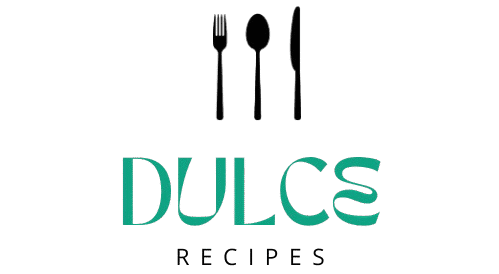
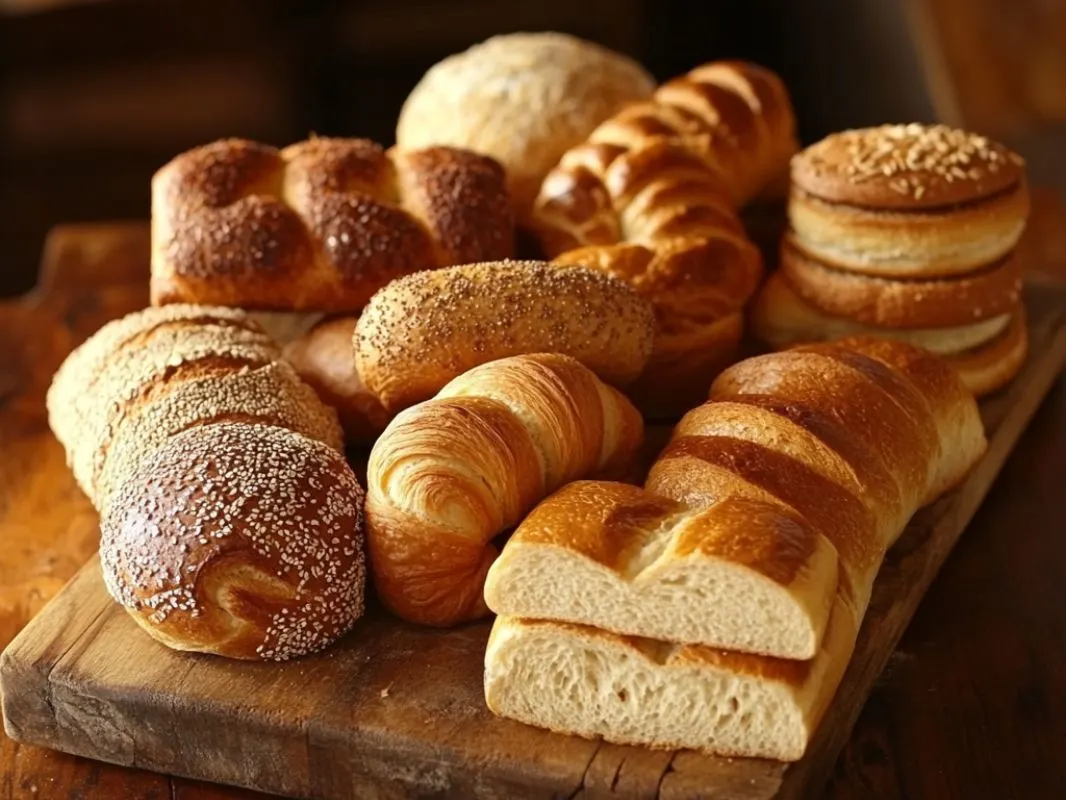
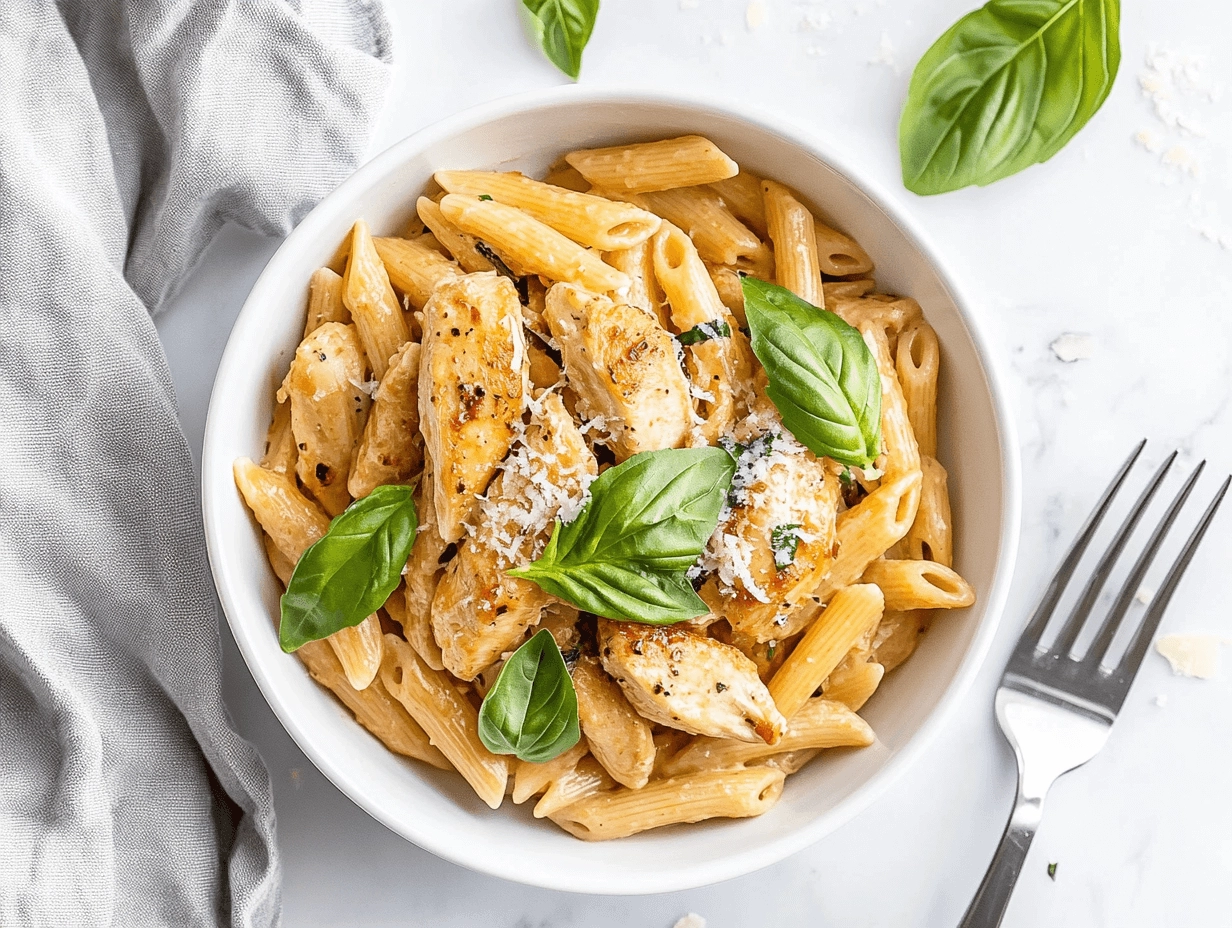
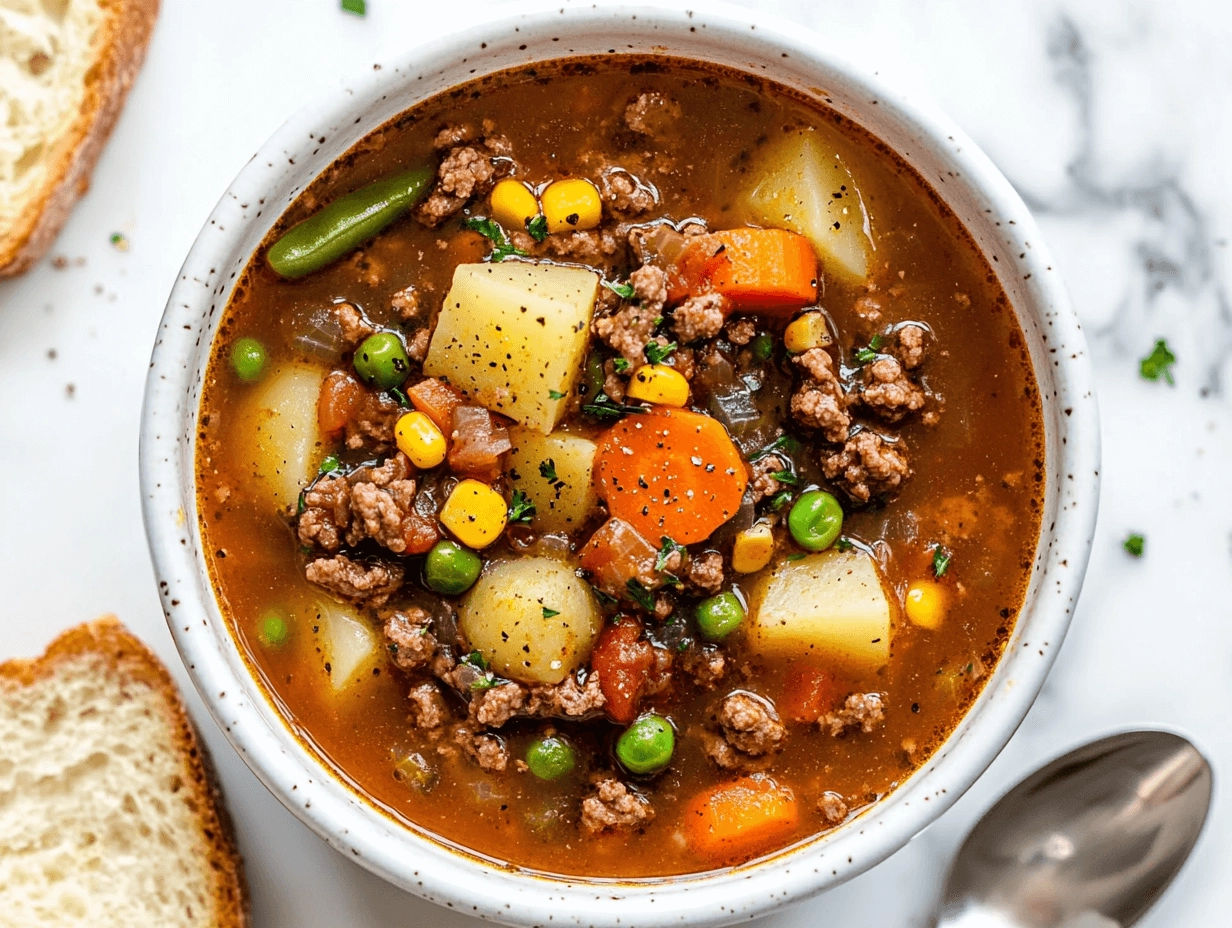
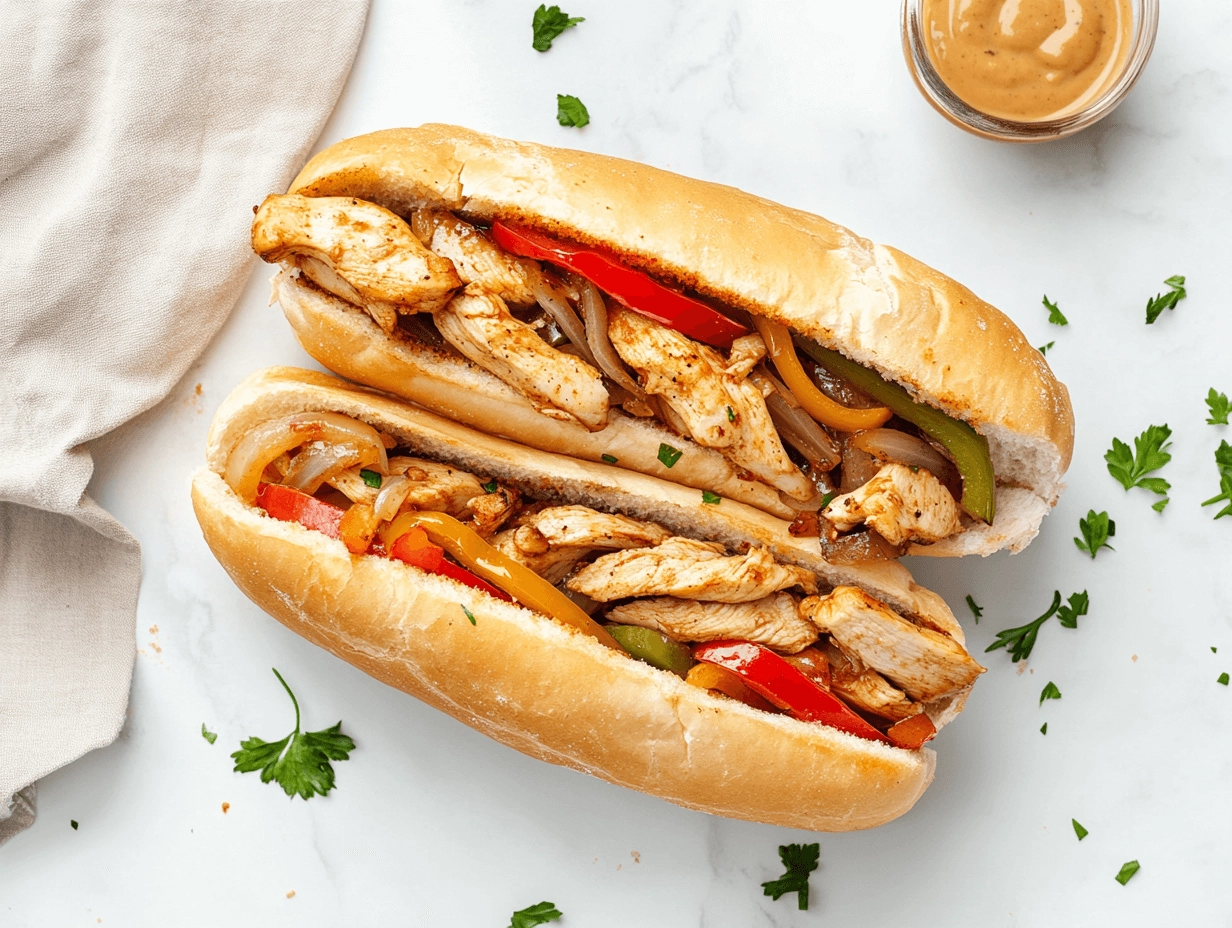

2 thoughts on “Best Bread for Breakfast Sandwich: The Ultimate Guide”